1. Kids in Backseat, No Restraints
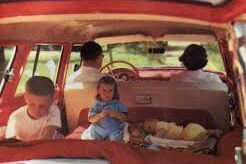
Do you remember bouncing around the backseat with nothing to hold you down? Back before seat belts were standard in every car, kids would shimmy, scoot, and sometimes tumble around freely on long rides. Parents back then didn’t even pause; it was the norm. There were no booster seats, no latches, just open space and the promise of reaching grandma’s house. It was only in the 1960s that seat belts became common; before that, occupants went unrestrained.
2. Cargo-Lounge Station Wagons

Station wagons were the mavericks of the family fleet. Kids lying in the cargo area; complete with blankets and pillows; was a weekend ritual. It felt like camping on wheels: you’d stretch out, stare through the back window at clouds drifting by, and feel part of the journey. But that cosy nook was really just a safety blind spot; no belts, no protection; just memories.
3. Third-Row Backwards-Facing Thrills
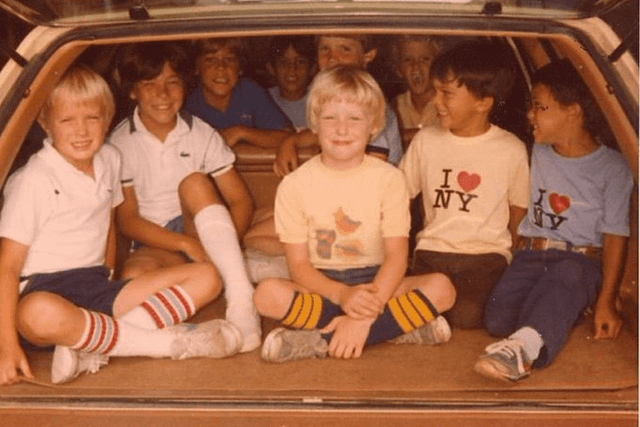
Facing backwards in the station wagon’s third row was the ultimate chill-out spot. You’d stare out the rear window, chatting with siblings or waving at passing trucks. It seemed like the coolest seat in the house; until physics caught up. That vantage point vanished along with unrestrained riding once reversible seating disappeared and safety standards rose.
4. Road-Trip Games Galore
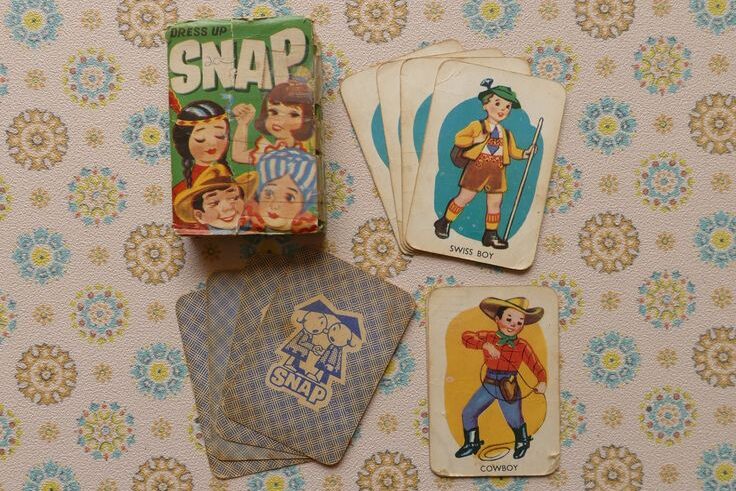
Road trips were a time of auto bingo, card decks, and spotting crazy license plates; game time between gas stops and snack breaks. It broke the monotony of the highway, kept spirits high, and turned the car into a social hub. That bonding time was priceless… but entirely free of any safety planning or seat assignment.
5. Riding in the Back of a Pickup Truck
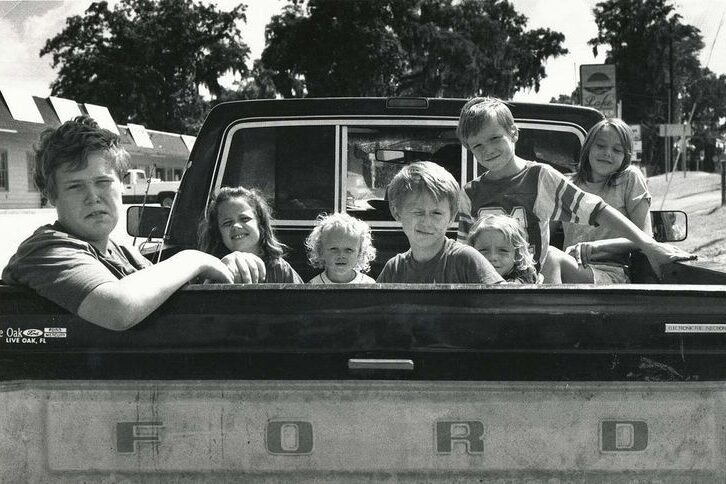
We all loved those carefree rides; until safety caught up. Teenagers and siblings crammed into the bed of a pickup like it was a moving parade float. You’d bounce along the highway winds, chanting and laughing, thinking you were invincible. But studies show serious risks; one review found 40 kids injured simply for riding back there between 1990 and 1993, especially during sudden stops. Many states still allow adults to ride there; but kids are far more at risk.
Yet back then, no one blinked when Uncle Joe offered a free ride back home. The shift toward restriction began in the 1980s after an NTSB recommendation in 1979. Laws varied wildly; some states banned all truck bed riders, others restricted by age or road type. Still today, only a handful, like California or New York, ban it outright. Despite this, memories of bouncing along in a breeze remain vivid.
6. Head Out the Window, Hair in the Wind
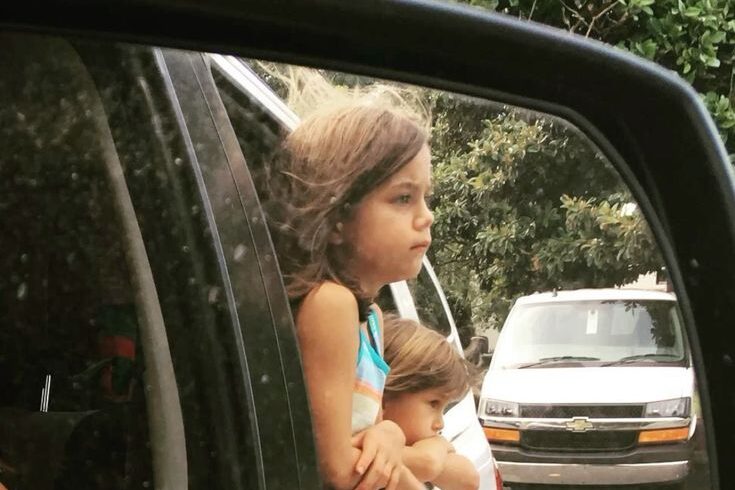
Kids would brace themselves, lean their heads out the window, and almost fly along with the passing countryside. The wind tangled their hair, laughter filling the car while others nervously watched. There was no thought to road debris, branches, other cars; just the ticklish breeze. If a bird swooped low; or worse, a bug hit; you felt it instantly. It wasn’t until the stories of facial injuries started surfacing that safety warnings came.
Parents waved hands wildly from the front seat: “Head back in, behave!” But as soon as the car hit the open road, it went out again. The thrill was immediate, like flying on asphalt. There were no laws or buckles preventing it. You only realized something was wrong when a twig slapped hard on someone’s cheek, or when a neighbor scolded. Now we know the dangers: sudden braking, nearby vehicles, and airborne debris.
7. Smoking in the Car With Windows Up
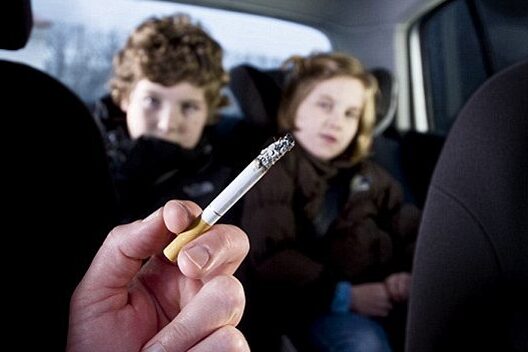
Mom would light a cigarette, exhale smoke inside while cruising to hockey or church. Clear air was for outside; inside felt smoky and cozy. Some thought less wind meant less smoke in your face. Kids in the backseat coughed between puffs; that familiar, acrid smell settled into the upholstery. Pipes and cigars added a certain dignity to dad’s seat; harmful though it was. Looking back, it never occurred to parents that second-hand smoke hurt their own children.
Only with decades of science did car smoking fall out of fashion; starting in the 80s and 90s with clearest proof that enclosed smoke was deadly. Eventually, many places banned smoking with kids in cars altogether. But the memory lingers; a time when every ride smelled of tobacco and adventure, careless but oh-so-common.
8. Dashboard Hula Girls & Fuzzy Dice
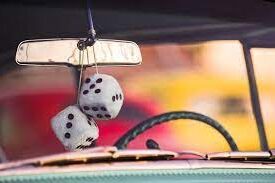
Dashboard hula girls shook their hips on sun-drenched days, and fuzzy dice dangled with nostalgic flair. The hula dolls came from souvenir mania and WWII soldiers’ fascination with Hawaiian kitsch. And the fuzzy dice? They originated as pilots’ good-luck talismans during the war; 7‑pip dice for safe sorties. By the 50s and 60s, they’d become symbols of youthful rebellion; “dicing with death” in street racing culture.
We stuck them on dashboards, bobbing with every bump, and these decorations became icons of post-war American road culture; fun, quirky, and utterly pointless but relatable. Over time, safety concerns (like obstructing the view) and changing tastes moved them out. Yet their charm remains; tiny relics of a simpler, more playful era.
9. Toddlers in the Front Seat
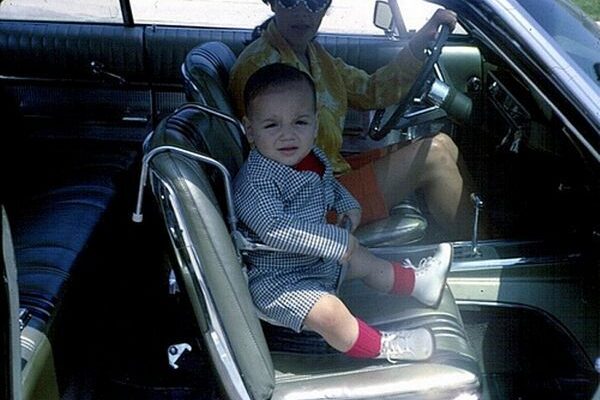
As a toddler, you felt so important beside mom or dad; arms extended, steering like you owned the car. Kids across generations boast about climbing up front at age two or three, chiming in with “I helped steer!” Proud face, booming voice; no booster seat, no child lock. Adults absorbed distractions as they chatted and drove. There were no anchor points, no rear‑facing restrictions; just the fun of being part of the driver’s table. My friend’s daughter once reached for the radio knob and changed channels mid‑trip; But of course, today that seems unthinkable.
That shift came after crash‑test data revealed those front‑seat moments were actually dangerous for young bodies. Regulations now state kids under 13 must ride in the back. Why? Airbags deploy at tremendous force which is a serious risk for little frames. Yet when I look at old photos, front‑seat smiles shout louder than any safety label. It was our childhood rite of passage.
10. Sipping While Driving
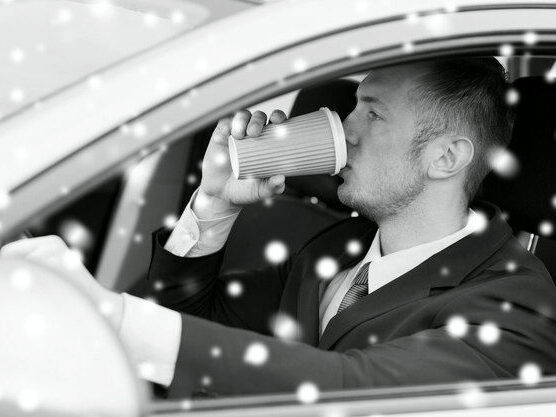
Coffee was a must for long drives, and soda a sweet treat for errands, sometimes a beer slipped into the mix for weekend rides. It never fazed us; our parents did it, why shouldn’t we? No drink holders; cups sat perched on windowsills or between legs. Spills happened, but that only made us laugh harder. We didn’t think about distractions. One aunt says she’d juggle cigarettes and coffee while cruising highways and chatting with her husband. “Hands‑free” wasn’t about safety; it was about convenience and speed.
Then came the dashboard clamp and modern cup holders, responding to the chaos spills caused. Today, even alcohol in the car without intoxication is illegal. Most of us raised in that era remember the thrill; driving felt more like leisurely control than risk.
11. Backseat Diaper Duty
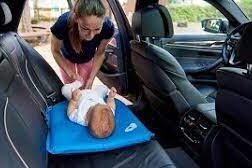
There was no pit stop, no diaper bag ritual; just the backseat saga. Babies got their diaper change right on the vinyl, while the car hummed along. We spilled wipes, rolled down windows for ventilation, juggled legs in-between songs on the radio. Parents became masters of contortion; one hand keeping the baby stable, one wiping and another handing out toys. It was no small feat, but we got through it, giggling over the makeshift car clinic. No cloth diapers to wash in sinks, no fuss; just primal parenting on the go.
But then interior safety regulations highlighted that in‑motion diaper duty could backfire; literally. Spilled powder, sudden brakes: a recipe for unplanned mess and impact. Now, it’s common sense to stop and step out. Still, the memory of a two‑minute diaper operation between mile markers brings a warm smile.
12. Seat Belts BURIED, Forgotten

For decades, seat belts came with the car but never got any love. We squished belts between cushions, shoved them down cracks, and pretended they didn’t exist. I remember my uncle bending his back to fish out a belt only to say, “Nah, I don’t need this.” Seat belt laws only gained steam in the late 1960s; with front lap and shoulder belts becoming mandatory in new U.S. cars by 1968. Slowly, with laws and campaigns, people actually clicked in.
But back then, each unbuckled ride was seen as harmless normalcy. It wasn’t until studies proved seat belts decrease fatal crash risk by about half that habits began to shift; Volvo even open-sourced the three-point belt design in 1959 to spread safety. Yet many still tossed them aside, unknowingly burying their own lifeline.
13. Hand‑Cranked Windows & Rolling Fun

Every car had a row of them; crank handles that clicked with every turn. We’d roll windows down and stick our hands or soda cups partway out just for kicks. Moms sometimes closed them with a grunt, hands smiling through the turn. Kids loved the mechanical symphony, and each “clack” felt satisfying. No air conditioning? No problem; windows were the original climate control. I remember turning too fast once and launching the handle into my sibling’s face; but we laughed it off.
By the early 2000s, power windows became a safety standard, reducing pinch injuries. But modern cars still warn parents; kids shouldn’t play with them! Rolling windows may seem quaint now, but they shaped our childhoods; an invitation to interact, to play, and to share the task of climate control with siblings in the backseat.
14. Car Door Latch Left Unlocked
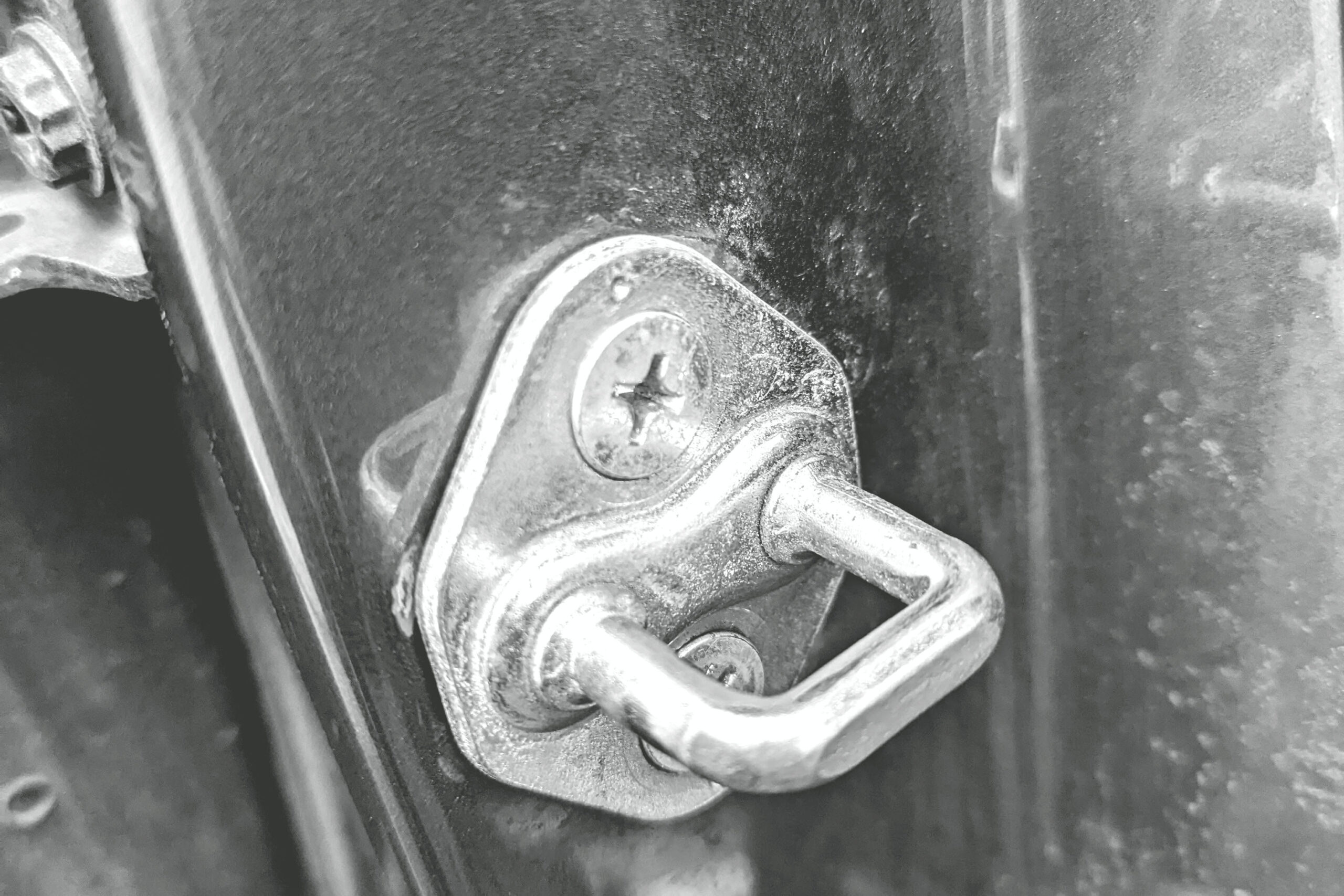
Doors weren’t always locked or power-sealed; just metal latches and trust. Kids sometimes leaned on the latch, and doors popped open mid-ride. My first cousin once slipped out, hand on the latch, and tumbled out; but we were on a dirt driveway, so thank heaven no one was hurt. Most of us lived through those hair-raising moments thinking, “He’ll be fine.” We never imagined doors flying open on highways; but they did. It wasn’t until crash tests showed ejections were a leading cause of child fatalities that modern auto-locking doors became law. Today, power locks shut automatically; they’re practically unconscious actions. But back then, leaving doors unlocked was just normal, like forgetting to close the trunk or turn off the blinker.
15. Diaper Dinges in Motion
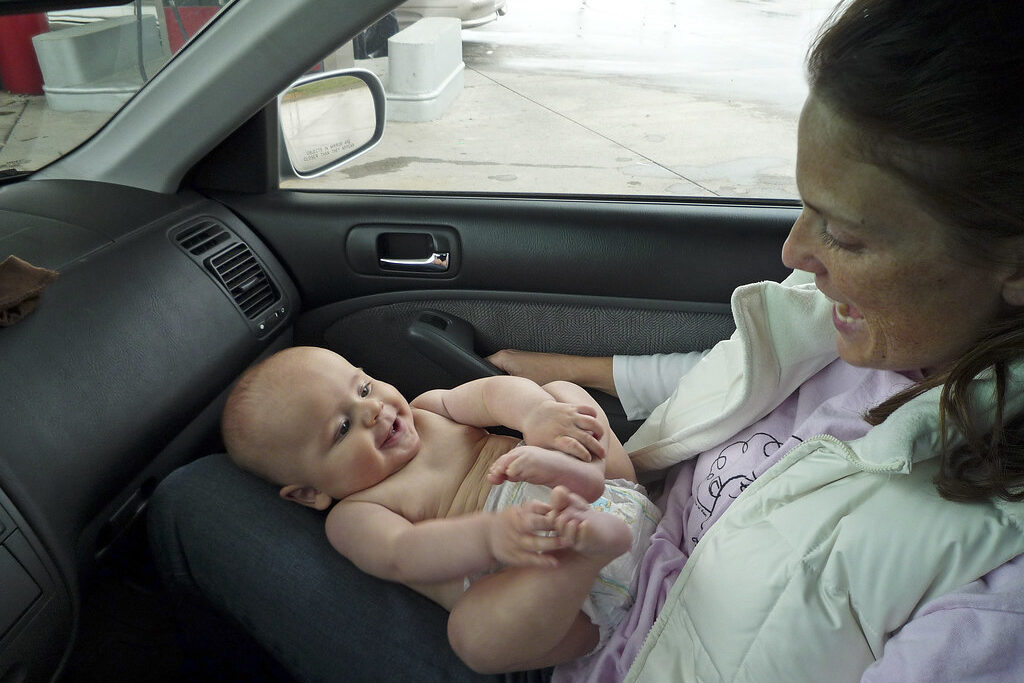
Yes, some parents changed babies while moving; and with no shame. We squished into tight spaces and contorted around the baby’s squirming legs while listening to FM static. It felt efficient, necessary, charming even; every bump was part of the action. Drivers barely glanced; it was all part of parenting on wheels. If we hit a red light mid-change, passengers peered curiously or pretended not to notice. Looking back, in-motion diaper changes are unthinkable; and yet, all we knew.
When safety rules tightened and seats got crumple zones, it became obvious: baby on your lap plus sudden stop equals disaster. Regulations now recommend pulling over; but those DIY parenting feats feel like skill displays of parental multitasking. Babies may be passengers now, but those mobile diaper clinics are permanently etched in memory.
16. Gas Station Lollipops & Full‐Serve Romance

Full-service gas stations ranked among our childhood delights: attendants pumped gas, checked the oil, cleaned windshields; and always handed kids lollipops. One Redditor recalled, “It’s kind of customary to tip if he does extra like cleaning your windows, checking your tires, oil, etc.” Another reminisces about oil checks turning into bubble-blowing detours as the attendant chatted. We’d leave receipts, candy, and that lingering smell of gasoline; all part of the era’s charm. Those stations felt neighborly, hospitable, personal.
Self-service stations took over in the 1970s, roping us into paying at booths and pumping gas ourselves. The lollipop giveaways dried up, just like the human touch. Now, full-service stations are rare; pricier, nostalgic, or legal exceptions in places like New Jersey, Oregon, or Massachusetts.
The story 16 Things We All Did in Cars Before Anyone Cared About Safety was first published on Daily FETCH


